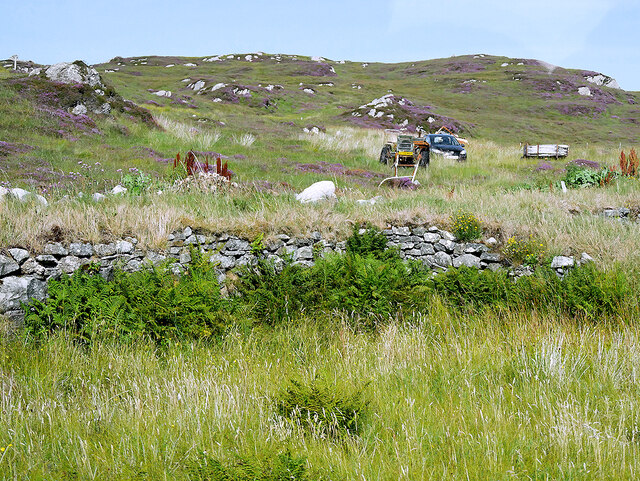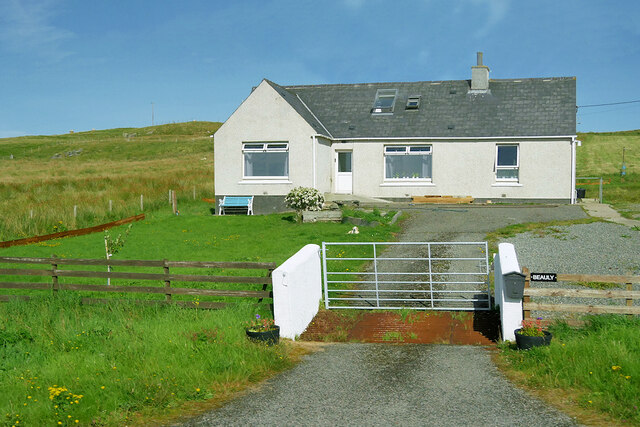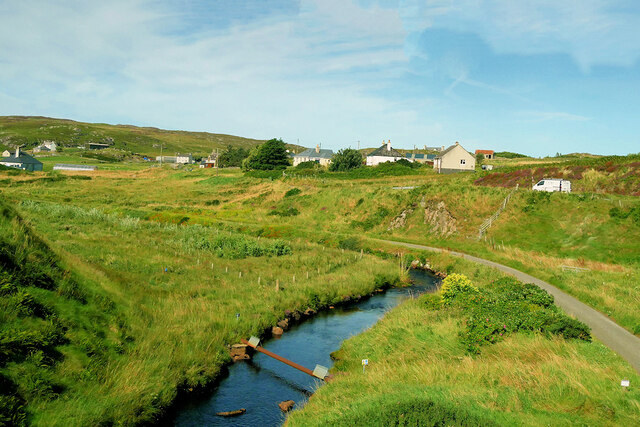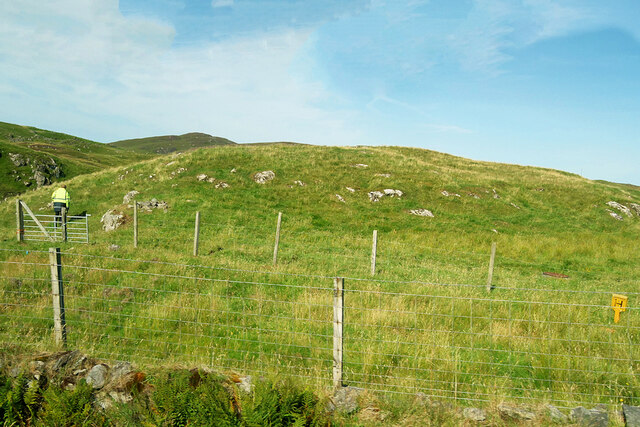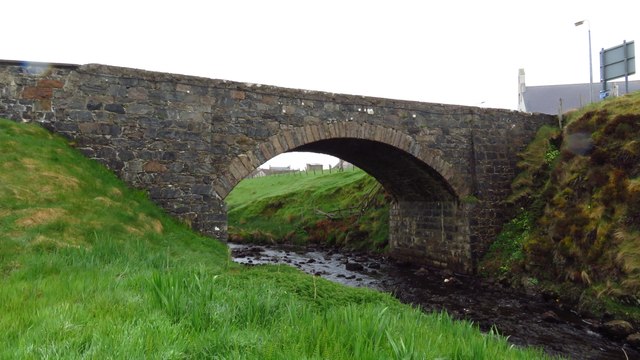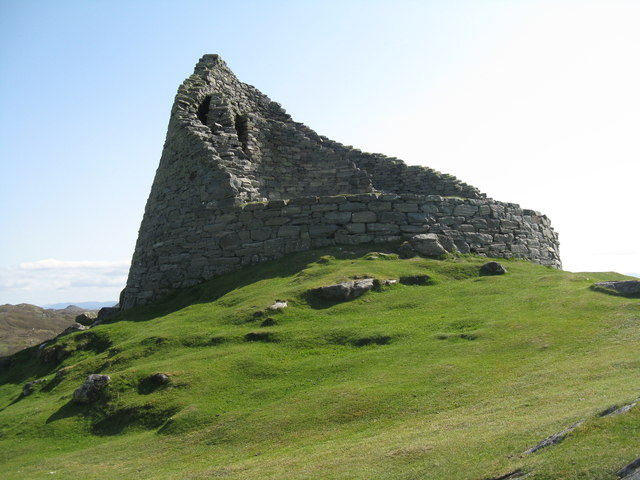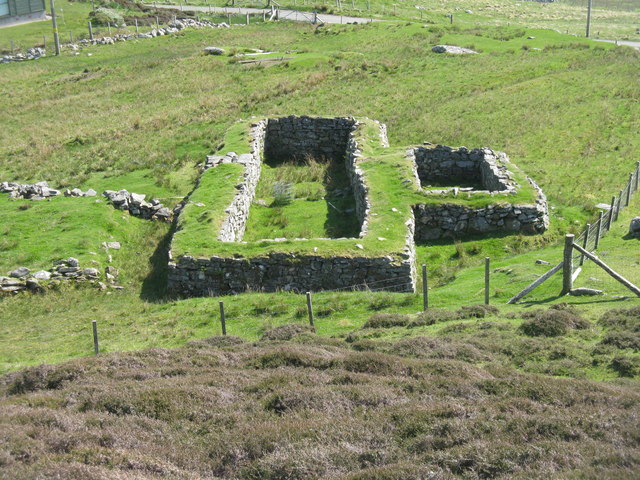Eilean Glas
Island in Ross-shire
Scotland
Eilean Glas
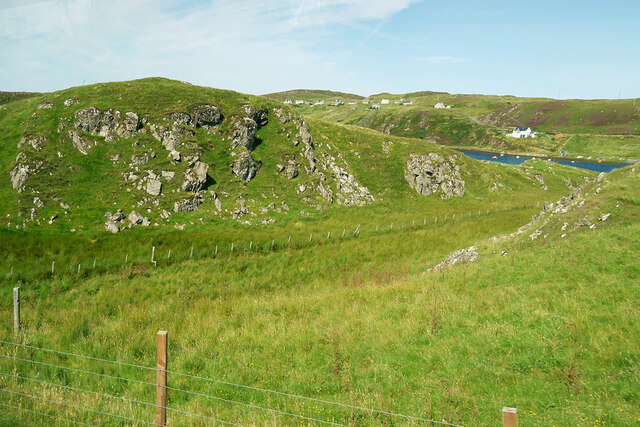
Eilean Glas is a small island located off the coast of Ross-shire, in the Highlands of Scotland. It is situated in the Inner Sound, near the town of Plockton. The island measures about 250 meters in length and 100 meters in width, and it is mostly composed of rugged cliffs and rocky terrain.
The name Eilean Glas translates to "green island" in Scottish Gaelic, which is fitting considering the abundant vegetation that covers its surface. The island is known for its lush grasses, heather, and wildflowers, creating a picturesque landscape.
One of the prominent features of Eilean Glas is its lighthouse, which was built in 1857 to guide ships navigating the treacherous waters of the Inner Sound. The lighthouse stands tall at 29 meters and has a distinctive white tower with a red lantern room. It has served as a vital maritime beacon for over a century.
Visitors to Eilean Glas can reach the island by boat from the mainland. The scenic journey offers stunning views of the surrounding coastline and the nearby Isle of Skye. While the island itself is uninhabited, it attracts nature enthusiasts and adventurers who are drawn to its rugged beauty and tranquil atmosphere.
Eilean Glas provides an ideal habitat for various bird species, and it is a popular spot for birdwatching. Seabirds such as gannets, cormorants, and puffins can be spotted in the area, adding to the island's charm and appeal.
Overall, Eilean Glas is a captivating destination for those seeking solace in nature and a glimpse into Scotland's coastal heritage.
If you have any feedback on the listing, please let us know in the comments section below.
Eilean Glas Images
Images are sourced within 2km of 58.279927/-6.7795049 or Grid Reference NB1942. Thanks to Geograph Open Source API. All images are credited.
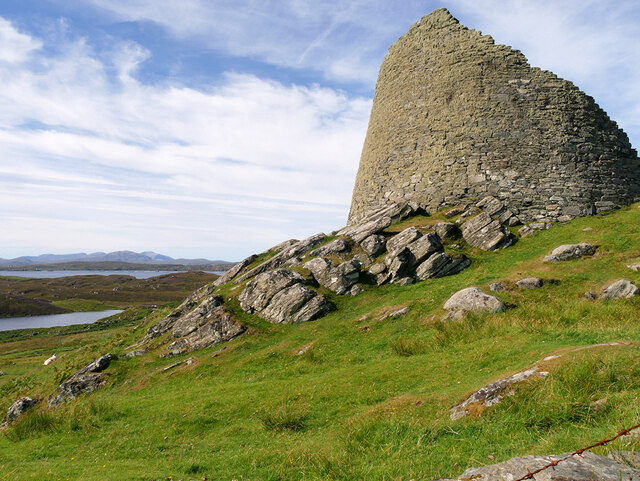
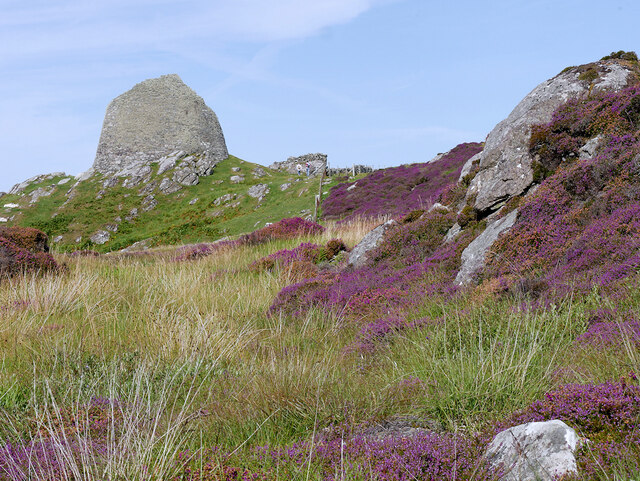
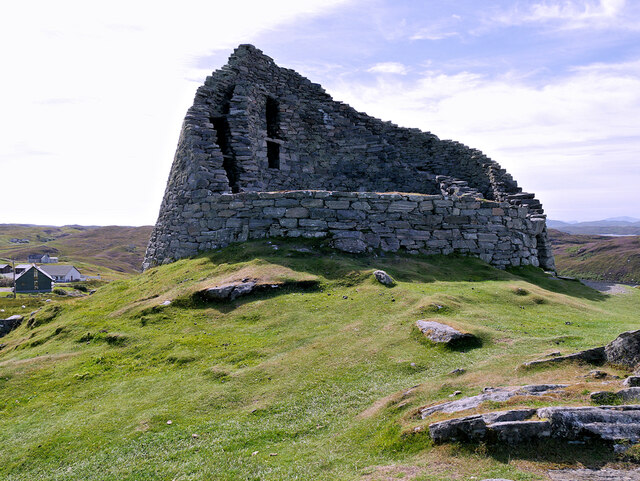
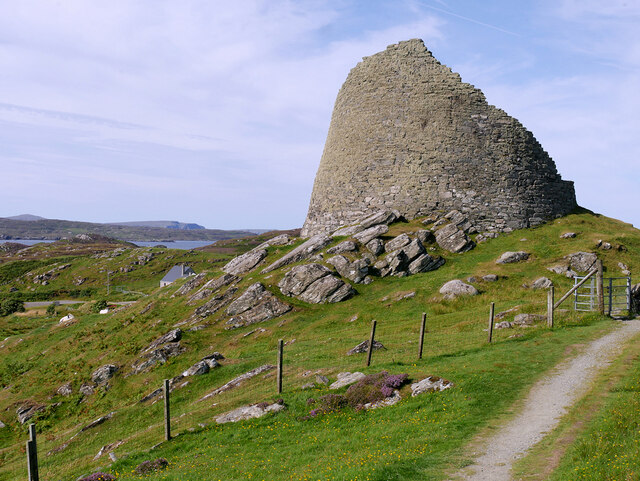
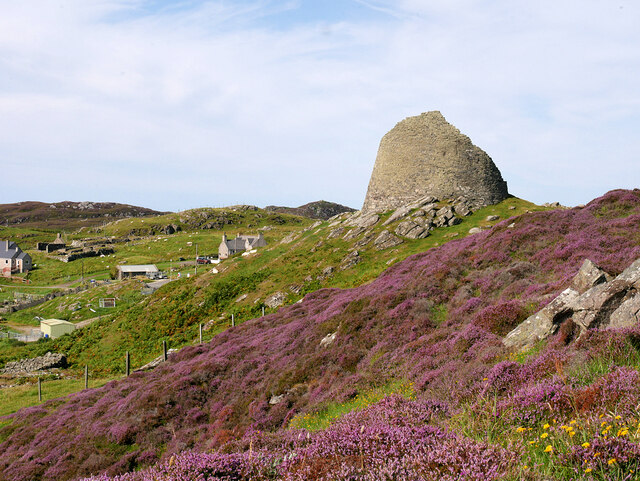
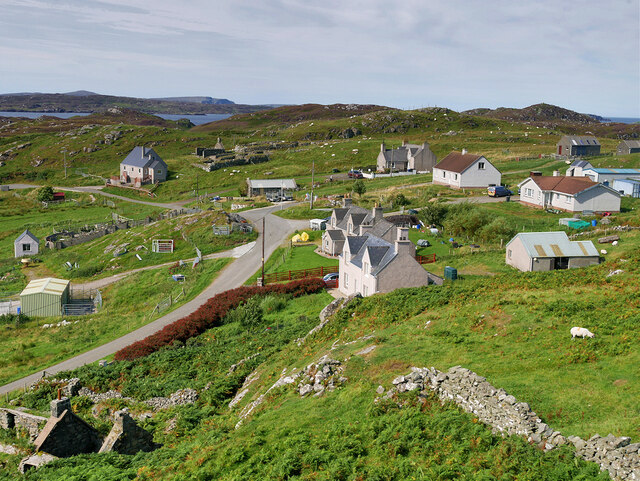
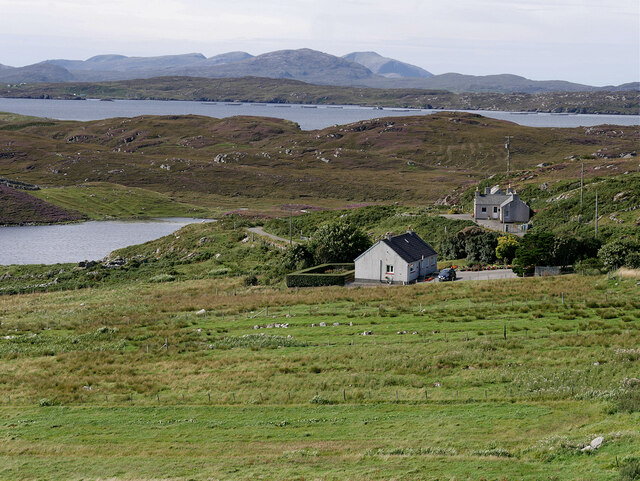
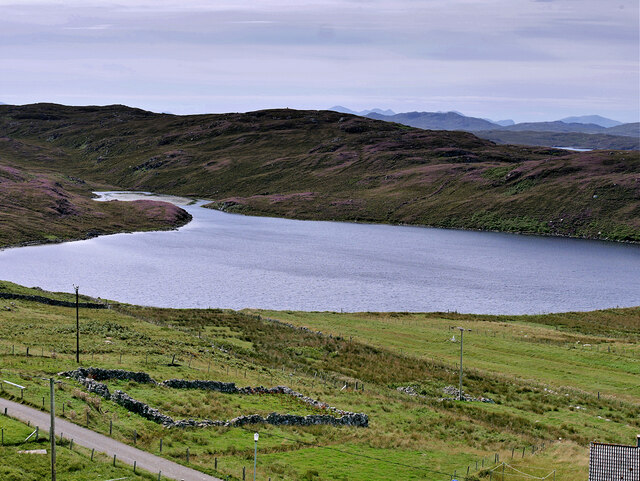
Eilean Glas is located at Grid Ref: NB1942 (Lat: 58.279927, Lng: -6.7795049)
Unitary Authority: Na h-Eileanan an Iar
Police Authority: Highlands and Islands
What 3 Words
///ending.drooling.shocks. Near Carloway, Na h-Eileanan Siar
Nearby Locations
Related Wikis
Borrowston, Lewis
Borrowston (Scottish Gaelic: Borghastan), with a population of about 50, is a crofting township situated on the Isle of Lewis, on the Outer Hebrides of...
Carloway
Carloway (Scottish Gaelic: Càrlabhagh [ˈkʰaːɾɫ̪ə.ɤː]) is a crofting township and a district on the west coast of the Isle of Lewis, in the Outer Hebrides...
Dun Carloway
Dun Carloway (Scottish Gaelic: Dùn Chàrlabhaigh) is a broch situated in the district of Carloway, on the west coast of the Isle of Lewis, Scotland (grid...
Garenin
Garenin (Scottish Gaelic: Na Gearrannan) is a crofting township on the west coast of the Isle of Lewis in the Outer Hebrides of Scotland. Garenin is in...
Nearby Amenities
Located within 500m of 58.279927,-6.7795049Have you been to Eilean Glas?
Leave your review of Eilean Glas below (or comments, questions and feedback).
